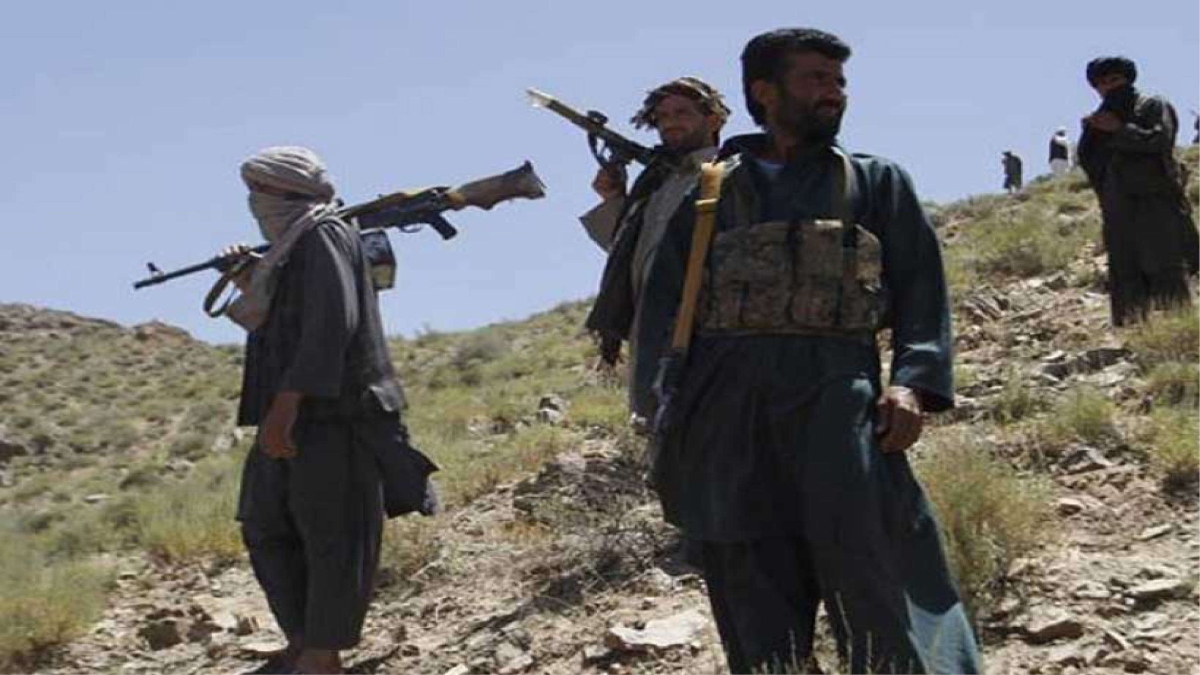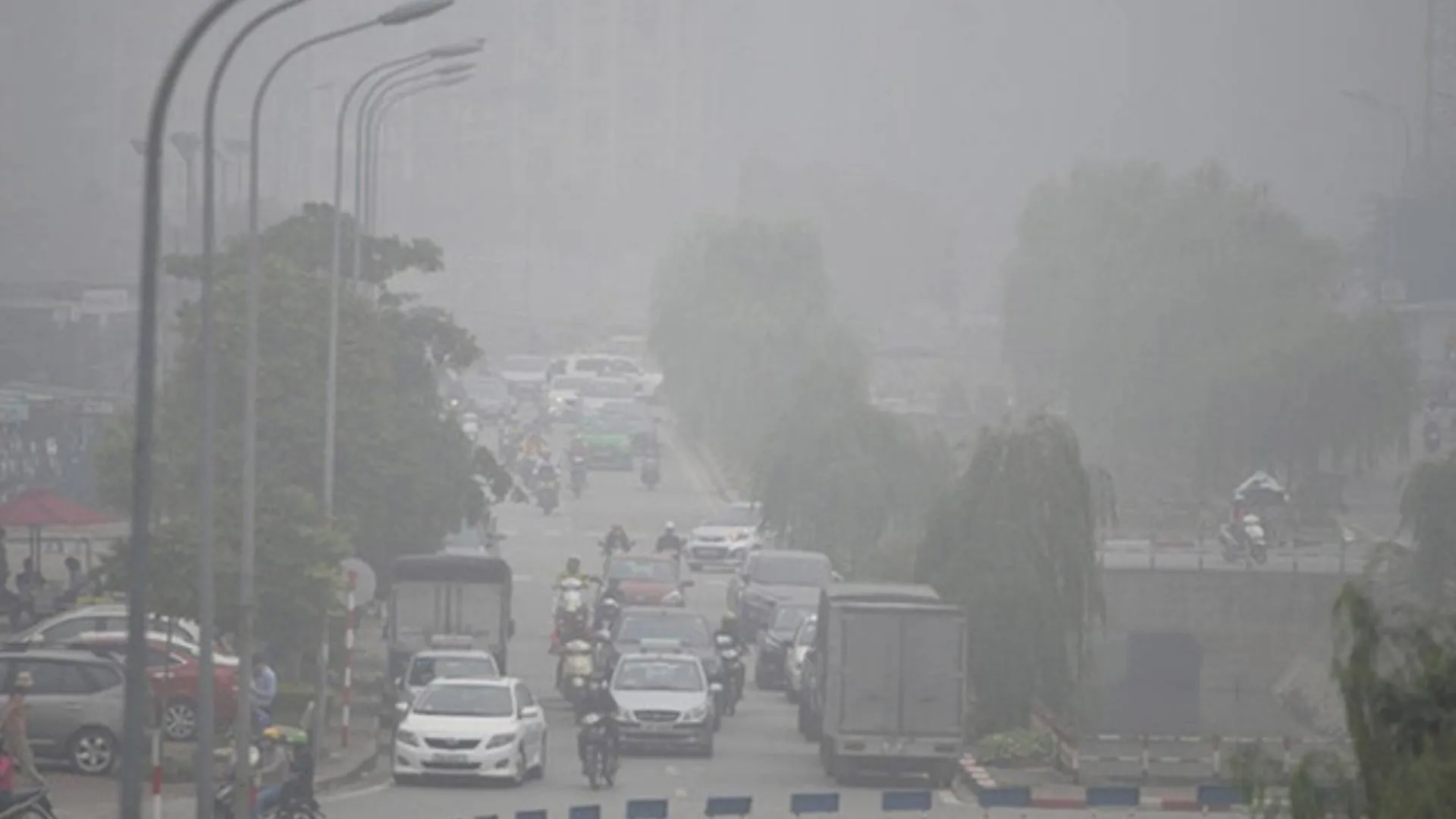BACKDROP
Taliban are increasingly gaining ground in Afghanistan, on a daily basis, for considerable period. The US may have declared ending its military mission in Afghanistan as “Mission Accomplished on ‘Global War on Terrorism’ (GWOT)”, but in reality, its embarrassing exit will continue to haunt its reputation for a long time. With Taliban gaining territory every passing day, simultaneously imposing horrifying restrictions on captured territory as ‘Islamic traditions’ it indicates transition of GWOT into global resurgence of terror, in collusion with Pakistan. While all regional stakeholders are concerned, but watching helplessly, it is evident the strategy adopted by Taliban, assisted by Pakistan has done better than that of others, so far. A critical analysis of strategies of each of the stakeholder is necessary to infer future possibilities.
WHY US LOST GWOT IN AFGHANISTAN
US supported by multinational forces entered GWOT, post 9/11 incident, with an aim to dislodge Taliban Regime, which sheltered al-Qaeda under Osama Bin Laden, who masterminded execution of the barbarous terrorist act in New York. Their military aim encompassed ensuring that no terror group in Afghanistan becomes strong enough to hit their mainland again, besides eliminating Osama Bin Laden and some other terrorist leaders. Peace and Development in Afghanistan was an expected side-effect, not their main aim. To execute it, US had to depend on Pakistan for logistics chain, intelligence and boots on ground, despite full knowledge of Pakistan’s support to Taliban and other terror groups, having gainfully used services of ISI and Pakistan Army against erstwhile USSR.
As per principles of war, had US stuck to its aim and exited after dislodging Taliban Regime, reinstating a democratically elected Government in place, eliminating Osama Bin Laden, it would have been a graceful exit. It stretched its aim to impractical limit, least realising that the military power by itself can’t eliminate Wahabi ideology. Finding only military solution to problem of religious fundamentalism was a strategic misjudgement. This shifted achievement of the aim of multinational forces (MNF), beyond their culmination point, operationally.
MNF was of fighting from urban bases, through technology and airpower could not eliminate Taliban from rural areas. People are centre of gravity in such operations; hence innocent deaths in collateral damage of airstrikes can lead to birth of many terrorist, strengthening ideology of fundamentalists. Battle fatigue and political considerations steered the desire of MNF to pull out. In exuberance to do so, sham peace negotiations of US with Taliban (which turned out to be an exit deal) was the next error committed by US. It legitimised Taliban as political entity from terrorist status; which led to a tired US military, fighting defensive battle against a resurged, legalised Taliban for a safe exit.
The US consistently underplayed Pakistan’s support to Sunni terrorists in the region, making it a major beneficiary of monetary help and military hardware. Pakistan extracted maximum out of US, by encashing their expertise in terrorism, and finally helped US in defeating itself. Now after 20 years of war, losing 2,400 soldiers, more than $3 trillion, US and MNF have also lost the strategic space, bases in Pakistan, amounting to a walkover in Af-Pak region. A threat by US, not to recognise Taliban, if it takes over Afghanistan by force, forming Quad with Pakistan, Afghanistan and Uzbekistan, some drone strikes and evacuating informers are weak responses to mitigate embarrassment.
IS THE STRATEGY ADOPTED BY TALIBAN SUPERIOR?
A battle hardened Taliban managed to survive in rural areas, with full support of Pakistan hosting some of their leaders in safe sanctuaries in their country, despite claiming to fight for US and MNF. When the MNF crossed their culmination point, Taliban with Pakistan’s support started gaining ground in rural areas. Taliban encashed on the combat fatigue of US forces and its political ramifications, encouraged US Administration to talk, establishing its legitimacy as an essential actor. Pakistan’s mediation in this exercise favoured Taliban and not US, although the optics was differently narrated. Thus a rejuvenated Taliban was fighting a tired US Forces, operating from their bases, avoiding rough terrain and infantry dominated operations, relying more on technology and firepower, which has serious limitations in type of terrain in area of operation. The air and drone strikes proved inadequate to prevent growing influence of Taliban, having learnt to save themselves from such strikes. This triggered a race for strategic space in that region, with almost every neighbour (Russia, Pakistan, China through Pakistan, Iran and Qatar) organising peace talks between various stakeholders, primarily to suit their own interests.
With US Taliban Peace Deal signed and US withdrawal in progress, Taliban gained maximum strategic advantage by consolidating occupation of rural areas and then increasingly capturing various border districts to takeover crossings of Afghanistan with other countries to isolate Afghan National Defence and Security Forces (ANDSF), which have numerical superiority, but are based in urban areas, having defensive mindset. With few military gains, the strategic momentum of Taliban has improved and initiative is on their side. This has increased the pace of capturing territory, while their political and diplomatic wing continues with sham talks.
Taliban also encashed on urgency of US Forces to exit, by putting up demands like release of 5,000 prisoners, which Afghanistan Government had to agree under US pressure. This in effect increased the numbers of fighters of Taliban. In the meantime Pakistan, increasingly under pressure from FATF, diverted over 10,000 terrorist to fight alongside Afghan Taliban, besides some professional guidance from Pakistan Army and ISI, and occasional air support. Taliban is now in a position to insert itself between important towns to isolate ANDSF, struggling with low morale, due to some surrenders. Taliban is avoiding fighting in built up areas, a clever move due to shortage of numbers in comparison to ANDSF.
Taliban’s strategic aim is to get into power structure, without fighting any elections, by putting maximum pressure on negotiating table, after capturing maximum territory. Taliban is aware that with Sharia Law tag it can never win an election (which it terms as non-Islamic governance model of West). It may not be keen to seize power by Force due to fear of being isolated, which will make it difficult for them to govern, giving rise to forces countering them within. They are aware that they don’t have mass people’s support, who have got used to democracy in last 20 years. Taliban thus finds talks and offensive simultaneously, as their best option for political solution in their favour.
All promises of Taliban leaders that it is moderate Taliban 2021 capable of meeting people’s aspirations, stand junked as ‘Shariah Law’ like curbs back in place in Taliban controlled areas. Men lose freedom to shave & smoke, forced to wear turban, women lose freedom to moving out without male companion and most disgusting is listing of single girls between 15 to 45 years, to be married to Taliban fighters as reward. Even if Taliban leaders pose moderate, their fighters will not let the leaders settle down for anything but Shariah Law.
WHAT IS GOING WRONG WITH ANDSF STRATEGY?
ANDSF in numbers are two to three times more than Taliban fighters, but are low in morale, suffering a defensive mindset. They are not venturing out of urban areas and trying to halt Taliban with less potent air power, which Americans had. Over last 20 years they went into a syndrome of overdependence on foreign forces and foreign aid. The Afghan Government with fractured mandate and various groups eyeing to share power, weakened the homogeneity, as an effective establishment to govern. In military strategy, a defender can never win, but at best can delay the defeat. Operationally ANDSF are making same mistake as MNF made by trying to win by airpower and defending bases, thus leaving the initiative with Taliban. If ANDSF fights with offensive mindset, sound strategy, small gains can improve sagging morale, which can change the tide against Taliban.
CHINA: A WILD CARD ENTRY
Chinese strategic interest in Afghanistan includes, connectivity projects to Iran by extending CPEC to get warm water access, fill the strategic space vacated by USA and exploit mineral and other resources of Afghanistan.
China, with initial hesitancy of not becoming the third power (after USSR and USA) to suffer “Graveyard of Empires” seems to have made an unprecedented move of recognising, engaging and striking a deal with Taliban by inviting its high power delegation to Tianjin, ignoring the Government of the day in Afghanistan. China hopes that it will be able to secure its security and economic interests with Taliban, which is promising no support to ETIM and inviting their investments, thus opening the window for economic exploitation, in a haste for recognition. It is interesting to see that Islamic Emirate, posing to champion Islamic cause are getting sold out to ignore atrocities to Uyghurs for the sake of power and money, or it’s a sham promise to get recognition.
This is a dangerous honeymoon, because neither Taliban is homogenous, nor Chinese have support of local population and there are many groups like ISKP, which may not buy the offer of China to ignore atrocities in Xinjiang. Taliban itself has ETIM cadres fighting for them including some commanders, who are unlikely to compromise, although they don’t mind making a sham promise for seeking international legitimacy. China may thus find that it may be much more risky to operate any transport corridor in Afghanistan, than doing so in Pakistan, where a politicised Army is involved in sustaining it, with little success. Chinese however have learnt a lesson out of Russian and US debacle, therefore, despite their strategic interest they haven’t invested any large amount in Afghanistan so far, nor are they likely to do so, unless they are very sure of the viability of the next government.
PAKISTAN’S DOUBLE GAME: UNPRECEDENTED OPPORTUNITIES AND CONCERNS
Pakistan’s strategic aim has always been to seek strategic depth in Afghanistan by enforcing Durand Line over friendly or weak government in Kabul, and edge out other players from Afghanistan. It has been uncomfortable with Indian presence for developmental work in Afghanistan and growing closeness between USA and India to an extent that it was propagating an unsalable narrative that India is trying to surround it from three sides. Its nexus with Taliban is quite old and its assistance to it was one of the causes of US failure in Afghanistan, as it managed to play a double game with US and Taliban. It was also an opportunity for Pakistan to send out large number of terrorists to fight alongside Afghan Taliban, whom it wanted to relocate to avoid FATF fallouts, to preserve what it terms them as their ‘Strategic assets’ to be used elsewhere later.
The opportunity is temporary and marred with some serious concerns. Taliban in power never compromised on Durand Line and their stance in future is likely to be similar. Taliban also has many groups within including TTP, which will also get stronger to strike Pakistan, as power of Taliban grows. Innumerable refugees outflow along with some inimical terror groups is also a concern. Pakistan’s strategy of joining hands with Taliban, dumping Ghani’s Government and luring China in this strategic space has gone off well so far. It has also been successful in edging India out of Afghanistan, to some extent, with its terrorists incrementally damaging Indian built assets.
OTHER STAKEHOLDERS
All other stake holders are concerned with likelihood of export of terrorism, but are gravely short of options and leverages, as no one is keen to put boots on ground, knowing fully well that no foreign recipe of peace in Afghanistan has worked in past, nor will it work in future. Russia is concerned about export of terrorism in CAR states, where it assumes a priority right due to historical connect of USSR. It is however in no mood to burn its fingers again by any direct intervention. CAR countries are strengthening their military forces along borders to minimise export of terrorism into their countries and handle upcoming unprecedented refugee crisis, if Taliban comes to power.
THE INDIAN DISCOMFORT
India has always been emphasising on Afghan led, Afghan owned, Afghan controlled, elected, democratic government and has invested tremendous amount of goodwill in people of Afghanistan and Ghani’s Government through large amount of development projects, and capacity building of various institutions, with a cumulative sunk cost of $3 billion, more than any other country in the region. India suffers from a major handicap that despite being a legal neighbour of Afghanistan, it doesn’t physically hold the common border, thus has no direct land route. This reduces the capability of India to directly influence outcomes in Afghanistan; hence it was never taken seriously by other stakeholders, even during talks.
All effort by India are being made indirectly, through diplomacy and capacity building of institutions including ANDSF. The historical engagements with Taliban in past have not been positive, in the backdrop of Kandahar hijacking or Indian support to Northern Alliance; hence if Taliban comes to power it is likely to prioritise Pakistan’s interest over India. The Indian strategic interest include connectivity projects to CAR through Afghanistan, bypassing Pakistan and prevention of export of terrorism. In this context, if Taliban comes to power, India will have to do business with Government of the day. It was known that Afghanistan was never stable in last few decades; hence Indian planners need to rethink if investment of $3 billion in an unstable country was worth the effort or otherwise.
WHAT NEXT?
There is a need to boost the morale of Afghan Forces, with air support, military assets and maintenance of its existing damaged air assets. An offensive mindset, and sound military strategy can turn the tide in ANDSF favour. They need to focus on recapturing border crossings, utilise other non-state actors also in engaging Taliban to weaken blockades with guerrilla tactics. There is a need to create a viable countervailing force within Afghanistan, as Taliban suffers a weakness of poor population support and lesser numbers. There is a need for US to rein Pakistan in adding strength to Taliban through overt/covert means, for the sake of innocent people, ladies and children of Afghanistan. History may not excuse global community, silently witnessing a democratic society being plunged into stone age governance, functioning on religious fundamentalism mode, harbouring large conglomeration of terrorists, ready to export terrorism globally.
If left to Afghan people, civil war will continue and Taliban even if in power, will also face unprecedented cycle of instability from angry population resenting Sharia law and rival groups in Afghanistan and within Taliban. Various tribes and terror groups will ensure that no single entity or foreign player gets that strategic space exclusively. It is unlikely that China-Pakistan will find it easy to exploit the situation amidst expected instability. This will certainly have a telling effect on regional and global security situation, as Af-Pak Region will become the largest breeding ground for terrorism, with some of the terror groups again becoming strong enough to strike US, EU, China, India or CAR. Afghanistan seems to be heading for a situation where in different areas will be under influence of different entities, leaving helpless population in the hands of fundamentalists.
Maj Gen S.B. Asthana (R) is a strategic and security analyst, a veteran Infantry General with 40 years experience in national and international fields and UN. The views expressed are personal.























